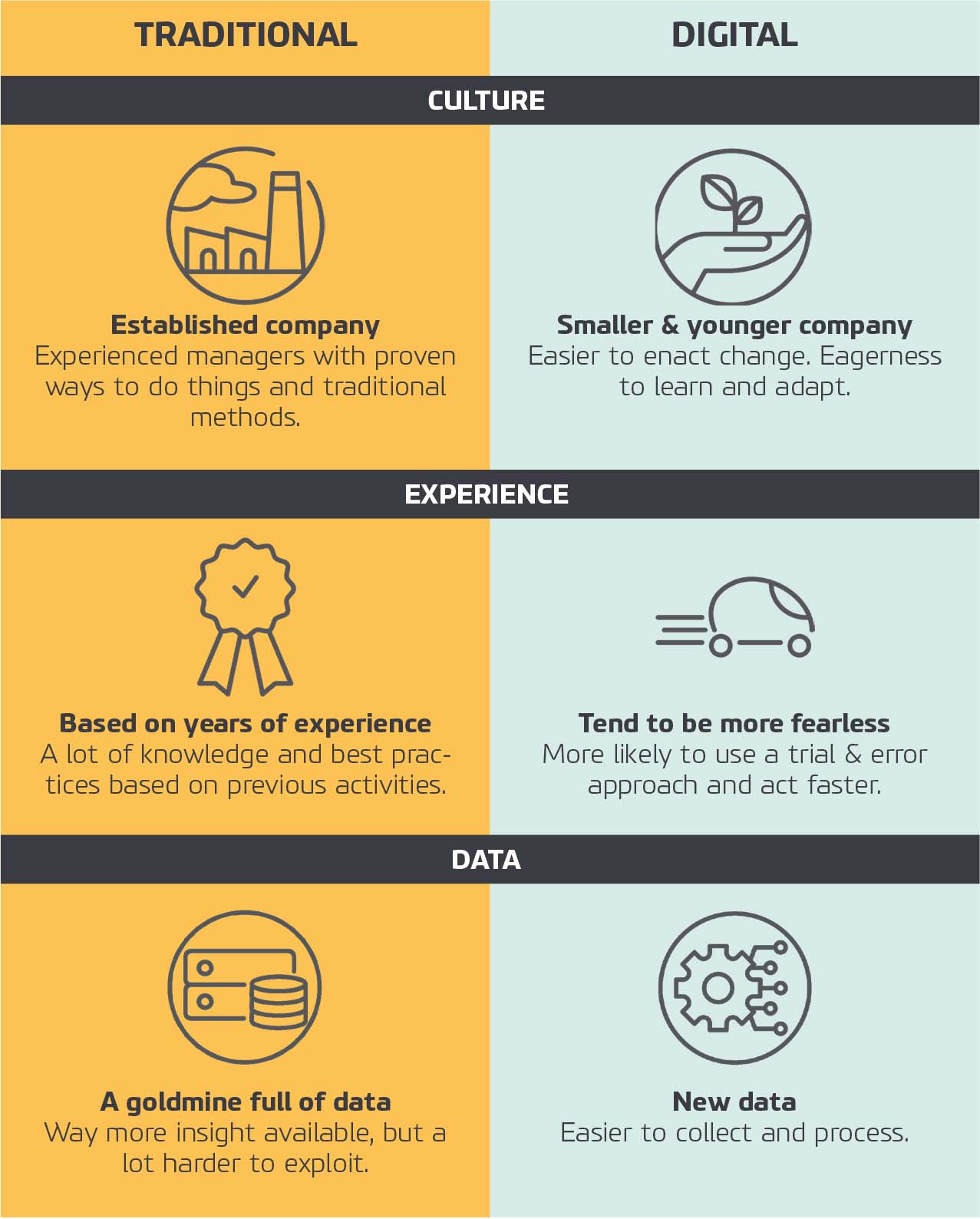Higher efficiency and better accuracy
The transformation from a traditional to a digital organization can be turbulent, but it opens up new opportunities for businesses. From an organizational point of view, incorporating digital technology is about better serving the demands of the market. In general, modern technologies enable shorter operational times, a higher quality of products, and higher asset utilization. From cost reduction and new revenue streams to improved customer experiences and better decision-making, digital adaptation enables organizations to combat modern-day issues.
Going digital optimizes internal processes which leads to saving time and money and improves work efficiency. Since digital signatures increase the automation of manual, repetitive, tasks, mistakes are reduced or eliminated, and the time to get a task done is reduced, resulting in improved productivity.
Besides this, digital transformation makes it also easier to keep information up-to-date and have data centrally placed. This decreases the time to get and search for the right data. Since digitalization applies intelligent algorithms, all data can be checked and verified in a split second, giving better accuracy for solutions, predictions, and analysis.
Digital transformation impacts every aspect of an organization: people, culture, skills, workforce capacity and allocation, processes, approaches, methods, and customer experience. It offers solutions to traditional problems, but with more output compared to traditional methods.
Before starting to migrate an organization from traditional to digital values, one must first consider people. In the end, digital transformation is just as much about those who need to embrace and set those new values in motion. The adaptation of digital technologies forces cultural shifts and changes for all employees. To manage employees through this period of digital change, it is crucial to create conditions in which employees can be recognized, supported, and motivated.
Organizations need to invest in developing employee skill sets and continuously improving employee experience. From hiring the right people, training, and development to fostering a culture that stimulates critical thinking and constant feedback, the transformation of the employee experience might follow a similar journey as that which focuses on the customer. Involve people at the core of your organizational strategy and approach, secure alignment with the organization’s values, and co-create a clear roadmap for your digital transformation. Today’s and tomorrow’s leaders must invest in employees to enable them to work with these new technologies.
At the same time, handling changes and upgrading an organization to deal with market demands, asks for top-notch leadership capable of triggering people to transform change into business motion.
Typical differences

In addition to the differences shown in the previous infographic, enterprise integration platforms have evolved alongside other advancements in technology. Most integration patterns, architectural models, and principles of integration platforms have remained consistent throughout the years. This happened partially due to a smooth transition between different generations of technologies such as the web and cloud.
The fast evolution of modern technologies in the last few years (digital era), however, brings the opportunity to completely reimagine the foundation of enterprise integration.
In the next chapters, we’ll dive into some of the modern technologies movements that have influenced modern integration platforms, and will continue to do so.
